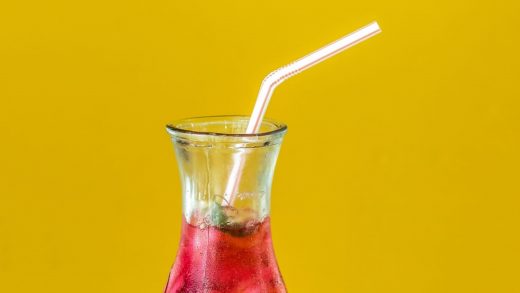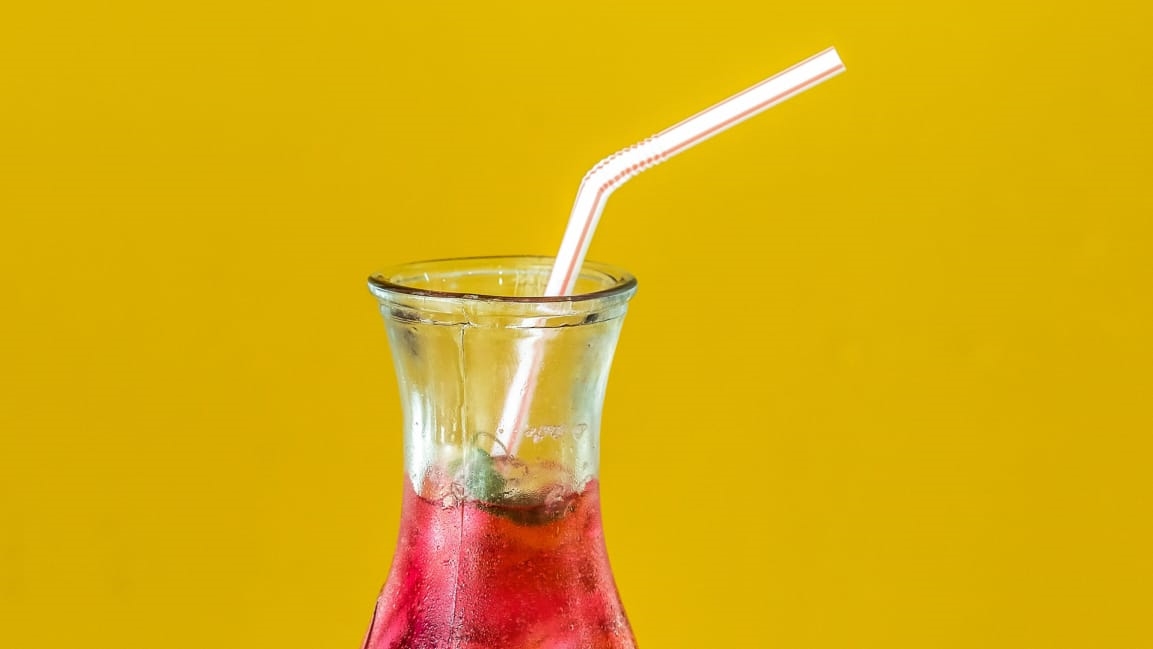Your kid’s fruit juice may contain high levels of toxic heavy metals
That cute little juice box might not be as sweet as it looks: A new Consumer Report study found many leading fruit juices contain concerning levels of high metals.
Researchers tested 45 leading fruit juices, including all the most popular flavors (apple, pear, fruit blends, etc). Of those, almost half had potentially harmful levels of arsenic, cadmium, and lead.
“In some cases, drinking just 4 ounces a day—or half a cup—is enough to raise concern,” said James Dickerson, PhD, Consumer Reports’ chief scientific officer.
Children are particularly vulnerable to the potential dangers of consumed heavy metals and toxins. This is especially troubling as more than 80% of American parents with children under the age of 3 give their kids fruit juice. Of those, 74% drink juice once a day, found a Consumer Reports survey.
The study examined numerous national store and private labels, including 365 Everyday Value (Whole Foods), Capri Sun, Great Value (Walmart), Gerber, Gold Emblem (CVS), Goya, Honest Kids, Minute Maid, Mott’s, Nature’s Own, Ocean Spray, Trader Joe’s, Welch’s, and more. Among the findings, Consumer Reports found:
Consumer Reports says it followed up with the companies tested, asking how they intend to counter the alarming ingredients. So far, 10 companies representing 13 brands responded, but only two–CVS and Gerber–answered all their questions. “Some gave a general statement, and one declined to comment,” states Consumer Reports. It also sent the findings to the FDA.
Granted, to some degree, the presence of metals is somewhat natural; lead and arsenic are can be found the soil, air, and water. But companies do have the ability to reduce the percentage during the manufacturing process. It requires sifting through supply chain to source the contamination, but it is possible. Gerber’s, for example, now purifies the water used in its juices through reverse osmosis to reduce certain heavy metals.
Parents, grandparents, aunts, uncles, siblings, teachers & anyone concerned about kids’ health- Arsenic, Cadmium & Lead found in kids’ fruit juices! Helpful chart in below of what’s safe to drink & what’s not. And, what are the manufacturers going to do?! https://t.co/DDPTbzxZmp
— Chelsea Clinton (@ChelseaClinton) January 30, 2019
These recent findings dive yet another stake into what’s become of the troubled $19.8 billion fruit juice industry. As consumers grow increasingly suspicious of juice’s high sugar intake, sales have taken a hit. The market is expected to decline 7% between now and 2021, according to a report by Mintel.
Parents represent the highest number of juice customers, but that number is decreasing as juice faces an image problem. While items like orange juice were once the cornerstone of an American breakfast, more and more consumers debate its health claims. In fact, the American Academy of Pediatrics (AAP) recommends children under the age of 1 refrain from drinking juice.
For more information on Consumer Reports’ study and details on juice brands, check out the full report.
(16)



